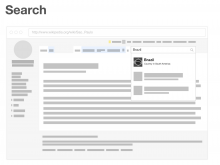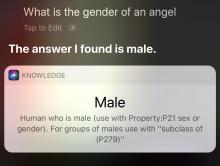It's becoming more and more common on Wikidata for the description field to be overloaded with instructions about how to use a Wikidata item within claims. The instructions are not appropriate for the description field and end up causing confusion when the descriptions are displayed outside the context of Wikidata (for example, in Wikipedia App search results).
Here are some examples (I can provide lots more):
banana - the fruit (for the best-known species, use Q10757112; for the genus, use Q8666090)
male - person who is male (use with Property:P21 sex or gender). For groups of males use with subclass of (P279).
fictional character - fictional person in a narrative work of arts (for human fictional character use Q15632617)
There should be a separate field for entering instructions related to the use of a Wikidata item. This field doesn't necessarily need to be localized like the description does.
Current state: there is a Property to store the usage instructions but it is not used yet in the entity suggester.

